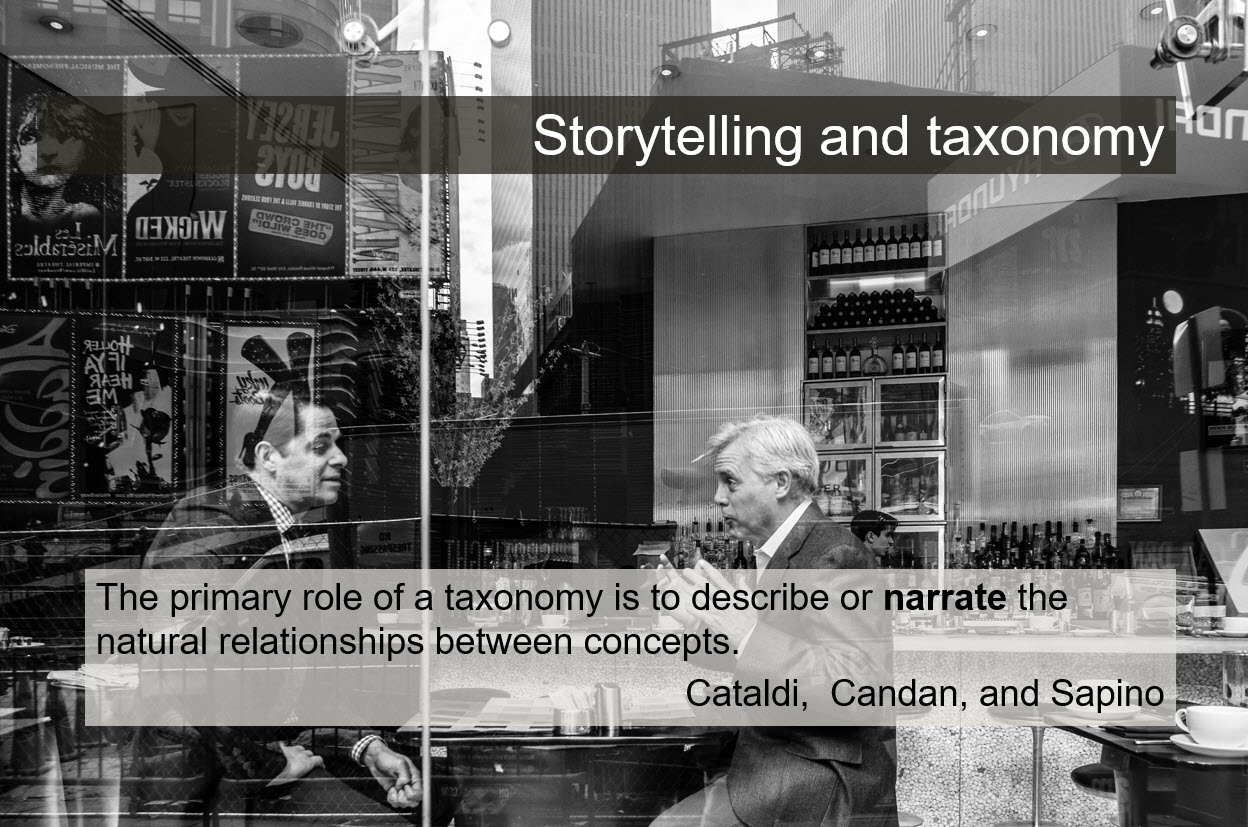The scientific method is the most popular form of scientific inquiry, because it provides measurable testing of a given hypothesis. This means that once an experiment is performed, whether the results were negative or positive, the foundation on which you are building your understanding is a little more solid, and your perspective a little broader. The only failed experiment is a poorly designed one.
So, how to design a good experiment? The nuts and bolts of a given test will vary according to the need at hand, but before you even go about determining what variable to study, take a step back and look at the context. The context in which you are placing your experiment will determine what you’re looking for and what variables you choose. The more limited the system you’re operating in, the easier your test choices will be, but the more likely you are to miss something useful. Think big. Think complicated. Then narrow things down.
But, some say, simple is good! What about Occam’s razor and the law of parsimony (entities should not be unnecessarily multiplied)?
Occam’s razor is a much-loved approach that helps make judgment calls when no other options are available. It’s an excellent rule of thumb for interpreting uncertain results. Applying Occam’s razor, you can act “as if” and move on to the next question, and go back if it doesn’t work out.
Still, too many people tend to use it to set up the context of the question, unconsciously limiting the kind of question they can ask and limiting the data they can study. It’s okay to do this consciously, by focusing on a simple portion of a larger whole, but not in a knee-jerk fashion because “simple is better.” Precisely because of this, several scientists and mathematicians have suggested anti-razors. These do not necessarily undermine Occam’s razor. Instead, they phrase things in a manner that helps keep you focused on the big picture.
Some responses to Occam’s concept include these:
Einstein: Everything should be as simple as possible, but no simpler.
Leibniz: The variety of beings should not rashly be diminished.
Menger: Entities must not be reduced to the point of inadequacy.
My point is not that Occam’s razor is not a good choice in making many decisions, but that one must be aware that there are alternative views. Like choosing the correct taxonomy in systematics, choosing different, equally valid analytic approaches to understand any given question can radically change the dialogue. In fact, one can think of anti-razors as alternative taxonomies for thought: ones that let you freely think about the messy things, the variables you can’t measure, the different perspectives that change the very language of your studies. You’ll understand your question better, because you’ll think about it more than one way. And while you’ll need to pick simple situations to test your ideas, the variety and kind of situations you can look at will be greatly expanded.
Plus, messy is fun.
Originally posted on former personal blog UXtraordinary.com.
Like this:
Like Loading...
 I was thrilled to be able to share my design-focused narrative taxonomy concept and process at the Austin UXPA, hosted by Rackspace. Great crowd, great discussion, great experience. Thanks to organizer (and user research guru) Candice McFarland for organizing this!
I was thrilled to be able to share my design-focused narrative taxonomy concept and process at the Austin UXPA, hosted by Rackspace. Great crowd, great discussion, great experience. Thanks to organizer (and user research guru) Candice McFarland for organizing this!